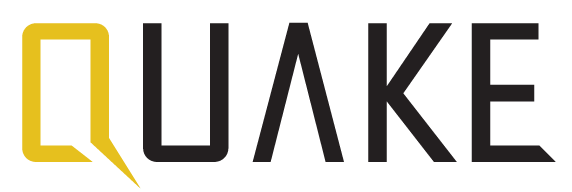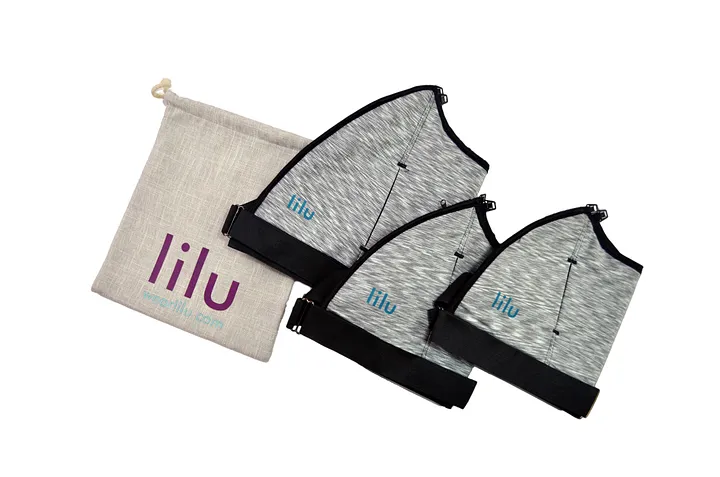How to get your startup funded, according to VC giant Y Combinator
VC giant Y Combinator has a notorious two-and-a-half minute time limit for startup founders to present their pitches; only two and a half minutes to explain why a brand new product is valuable, innovative, and profitable. While most VCs and incubators give founders more time to describe their ideas (six minutes in Quake’s University Investor Series), startup founders can learn a lot from the fast-paced pitch structure that YC demands.
YC president Sam Altman claims there’s no formula for a “perfect pitch”, but there are common practices that separate compelling presentations from lackluster ones regardless of the time limit. The goal is not to describe every nuance of the idea, but to inspire investors to ask more questions. A persuasive pitch, one that makes investors want to learn more, generally includes the following:
- Introduction. Give your name, the company’s name, and a creative tagline about what your startup does.
- Background. Here’s where you tell investors your story, including some information about yourself and the origin of your idea.
- Market need or unaddressed problem. If the product seems unoriginal or useless, or if the market appears saturated, investors will be unlikely to want to get involved. Differentiators, or key separators from similar products, are important to highlight early on and reiterate later. Concision is key; spending all of an investor’s time on the solution to the problem may leave your pitch lacking in key areas. Put simply, the clearer the need, the more interested investors will be.
- Market size. Investors need to know the market potential for the product — ideally $150M or greater — even with the knowledge that an entrepreneur won’t necessarily capture all of it.
- Competition. Similar to market need, describing existing competition, and what sets your idea apart, can help investors get an understanding of what issues the product may face in development, especially if the industry is one with which an investor isn’t familiar.
- Growth metrics. Mention your startup’s progress. What’s the growth rate for users, revenue, or app downloads? Some companies are wary of actual revenue figures in early-stage startups, so it may be more valuable to describe growth as a percentage increase. Smaller revenue figures alone may not be a reason for concern when dealing with newer companies, but low growth rates could be a red flag.
- Plans and milestones. How do you plan to spend money and deliver returns? In a two-and-a-half minute pitch, it may be difficult to go into detail about goals for the future, but a quick explanation of how the potential investment would be put to use can greatly improve the overall presentation.
- Market validation. If available, customer feedback can be a powerful addition to your pitch. User information, including some weaknesses of the product, can serve as a way for investors to provide guidance and improve the business model going forward.
- Recap. The investors have heard what they need to hear, and a powerful conclusion is one that highlights the reasons your product stands out. If your product has, for example, large market potential or a significant growth rate, now is the time to remind investors of those strengths.
- The Ask. What do you want from the investors? How you plan to use the investor’s funds must be clear, and founders should emphasize how investors will profit from the transaction. Investment is a give-and-take relationship, after all, and a good investment is one that will yield significant returns.
The success of a pitch depends on the value of the idea behind it, but including these points when presenting to investors is a great way to ensure that they get a clear, compelling image of your team, your product, and the future of your company. If your company is looking for funding and mentorship, please see here to apply to Quake’s Los Angeles Accelerator. Good luck, and happy pitching!
For more, please visit quakecapital.com/blog or follow us on Twitter @quakecap.


